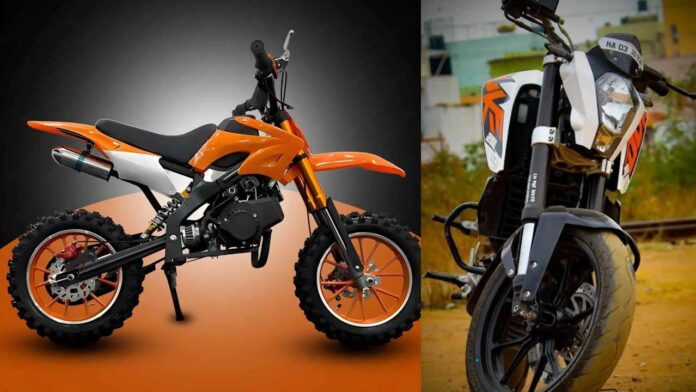Detailed guide for buying bike
Buying a second-hand bike in India can be a rewarding experience if done right. However, it requires careful consideration and attention to various factors to ensure you make a wise investment. From assessing the bike’s condition to understanding the market trends, here’s a detailed guide to help you navigate through the process seamlessly.
Understanding Your Needs:
Before diving into the second-hand bike market, it’s crucial to assess your needs. Consider factors such as your daily commute, the type of terrain you’ll be riding on, and your budget constraints. Understanding your requirements will help narrow down your options and make the selection process easier.
Researching Market Trends:
The second-hand bike market in India is dynamic and influenced by various factors such as demand, supply, and seasonal fluctuations. Conduct thorough research to understand the current market trends, including popular models, average prices, and resale value retention. This knowledge will empower you to negotiate effectively and make an informed decision.
Inspecting the Bike’s Condition:
One of the most critical aspects of buying a used bike is inspecting its condition thoroughly. Look for signs of wear and tear, rust, and any potential mechanical issues. Pay close attention to crucial components such as the engine, brakes, suspension, and tires. If possible, seek the assistance of a trusted mechanic to conduct a comprehensive inspection.
Verifying Ownership and Documentation:
Ensure that the seller possesses all the necessary documentation, including the bike’s registration certificate (RC), insurance papers, and pollution under control (PUC) certificate. Verify the ownership details to avoid any legal complications in the future. Additionally, check if there are any pending dues or loans associated with the bike.
Test Riding the Bike:
Never underestimate the importance of test riding a second-hand bike before making a purchase. It allows you to assess the bike’s performance, comfort, and handling firsthand. Pay attention to factors such as engine responsiveness, braking efficiency, and overall ride quality. Use this opportunity to identify any potential issues that may not be apparent during inspection.
Considering Mileage and Maintenance History:
Inquire about the bike’s mileage and maintenance history to gauge its overall condition and reliability. A well-maintained bike with regular servicing records is likely to offer better performance and longevity. Conversely, a bike with a history of neglect or frequent repairs may indicate underlying issues.
Evaluating Resale Value:
While buying a second-hand bike, it’s essential to consider its resale value for future reference. Opt for popular models with a strong demand in the market, as they tend to retain their value better over time. Additionally, prioritize bikes from reputed brands known for their reliability and durability.
Negotiating the Price:
Negotiation plays a crucial role in securing a favorable deal when buying a used bike. Armed with research and inspection findings, enter into negotiations confidently. Be polite yet firm while discussing the price, and don’t hesitate to walk away if the seller’s expectations are unrealistic. Aim for a fair price that aligns with the bike’s condition and market value.
Checking for Aftermarket Modifications:
Inspect the bike for any aftermarket modifications or alterations, such as exhaust upgrades, handlebar changes, or engine tuning. While some modifications may enhance performance or aesthetics, others could compromise the bike’s safety and legality. Ensure that any alterations comply with regulatory standards and have been installed professionally.
Assessing Insurance and Warranty:
Check if the bike comes with valid insurance coverage and inquire about any existing warranty or extended warranty plans. A comprehensive insurance policy will provide financial protection against unforeseen accidents or damages. Similarly, a remaining warranty period can offer peace of mind regarding potential repairs or replacements.
Seeking Feedback and Reviews:
Before finalizing your purchase, seek feedback and reviews from other owners or enthusiasts familiar with the model you’re interested in. Online forums, social media groups, and dedicated communities can provide valuable insights into the bike’s performance, reliability, and common issues. Factor in this information to make a well-rounded decision.
Site 1
Site 2
Site 3
Site 4
Finalizing the Deal:
Once you’re satisfied with the bike’s condition, documentation, and terms of the sale, proceed to finalize the deal. Ensure that all agreements are documented in writing, including the sale price, payment method, and transfer of ownership details. Complete the necessary paperwork as per legal requirements and transfer the registration in your name promptly.





